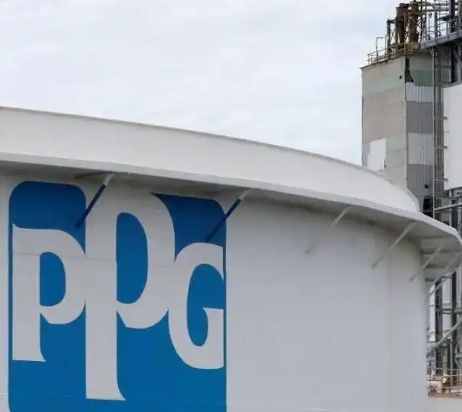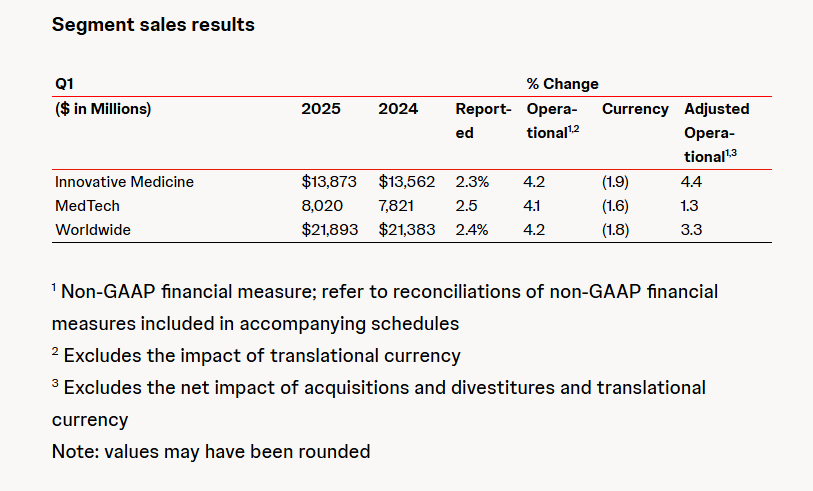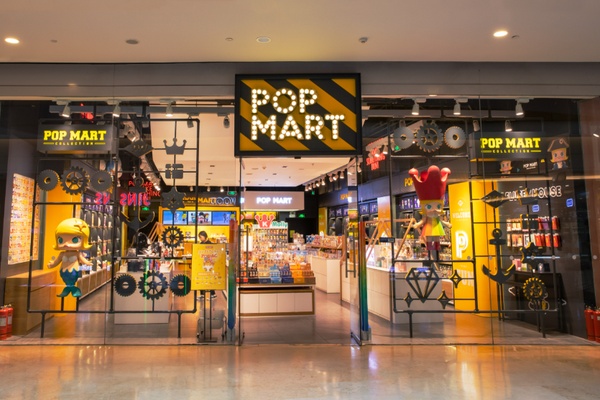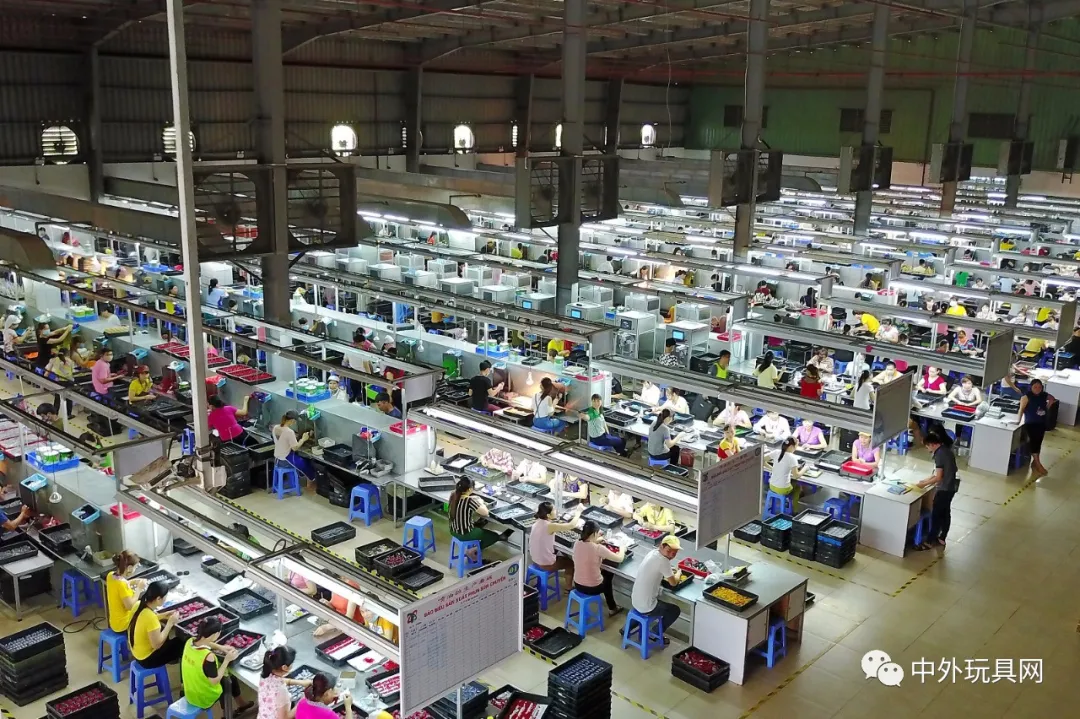Trump imposes 54% tariffs on China? 46% on Vietnam?
The toy industry is facing yet another major challenge.
According to reports from the White House website and U.S. media such as The New York Times, this is the largest-scale new tariff policy announced by Trump since taking office in January this year, wielding the tariff stick against the world, including allies, under the guise of "preventing other countries from exploiting the United States."
According to the new policy announced by Trump, China's "reciprocal tariff" rate will be 34%, Vietnam's tariff will be as high as 46%, Thailand's tariff will be 36%, Indonesia's tariff will be 32%, India's tariff will be 26%, Japan's tariff will be 24%, South Korea's tariff will be 25%, and the EU countries' tariffs will rise to 20%.

According to U.S. media reports, 34% of the reciprocal tariffs on China will be added to the original 20% U.S. tariffs on China, resulting in a total tariff rate of 54% on imports from China. This rate is expected to take effect on April 9.
Additionally, the White House announced that starting from May 2, it will terminate the duty-free treatment for small packages (valued at $800 or less) imported from mainland China and Hong Kong, effectively removing the de minimis threshold.
Trump's advisers insist that tariffs will bring vital strategic manufacturing capabilities back to the US. However, economists warn that tariffs could slow the global economy, increase the risk of recession, and add thousands of dollars to the cost of living for ordinary American families.
If the new tariff policy is implemented, it will be another major challenge for the toy industry. Previously, Hasbro CEO Chris Cocks said in an interview with the media that a 10% tariff could be negotiated and absorbed internally, but a 20% tariff would be unbearable and would definitely be passed on to consumers. It is expected that the toy industry may see a wave of price increases in a few months. Overseas media also believe that the impact of the tariff increase on toy prices will start to become apparent this fall.
The Vietnamese stock market plummeted threatened with a 46% increase in tariffs.
To reduce dependence on Chinese manufacturing, several major toy manufacturers have already adjusted their supply chains in recent years, relocating some production capacity to Southeast Asian countries such as Vietnam and Malaysia.
Trump's announcement of the so-called "reciprocal tariff" executive order imposes a tariff rate as high as 46% on Vietnam, significantly higher than that on other countries. After the market opened on Thursday, the Vietnamese stock market fell across the board. Economist and former vice president of the Vietnam Institute for Economic Management, Vo Tri Thanh, stated that tariffs are a shock to the global economy and to Vietnam, and that Vietnam will experience significant negative impacts.
The United States has consistently been Vietnam's largest export market. In 2024, Vietnam's exports to the U.S. reached $142 billion, accounting for 30% of Vietnam's GDP. However, for Trump, Vietnam's trade surplus with the U.S. exceeding $123 billion in 2024 represents "a tremendous trade unfairness."
Sports brand Nike has about half of its shoe products and 28% of its clothing produced in Vietnam, while its competitor Adidas relies on Vietnamese factories for 39% of its shoes and 18% of its clothing. According to calculations, the average tariff rate for Vietnamese shoe products in the United States was previously 13.6%, and the clothing product rate was 18.8%. According to the latest tax rate announced by Trump, Nike and Adidas's products from Vietnamese factories will need to pay more than three times the tariff when entering the United States.
At the same time, some toy manufacturers also rely on Vietnam. Several American companies, such as Hasbro and Mattel, collaborate with the Southeast Asian toy manufacturer GFT to import and sell toys produced by the company. GFT has five production factories in northern Vietnam and employs over 15,000 workers.
【Copyright and Disclaimer】The above information is collected and organized by PlastMatch. The copyright belongs to the original author. This article is reprinted for the purpose of providing more information, and it does not imply that PlastMatch endorses the views expressed in the article or guarantees its accuracy. If there are any errors in the source attribution or if your legitimate rights have been infringed, please contact us, and we will promptly correct or remove the content. If other media, websites, or individuals use the aforementioned content, they must clearly indicate the original source and origin of the work and assume legal responsibility on their own.
Most Popular
-

Overseas Highlights: PPG Establishes New Aerospace Coatings Plant in the US, Yizumi Turkey Company Officially Opens! Pepsi Adjusts Plastic Packaging Goals
-

Abbott and Johnson & Johnson: Global Medical Device Giants' Robust Performance and Strategies Amid Tariff Pressures
-

BYD releases 2024 ESG report: Paid taxes of 51 billion yuan, higher than its net profit for the year.
-

Behind pop mart's surging performance: The Plastics Industry Embraces a Revolution of High-End and Green Transformation
-

The price difference between recycled and virgin PET has led brands to be cautious in their procurement, even settling for the minimum requirements.




